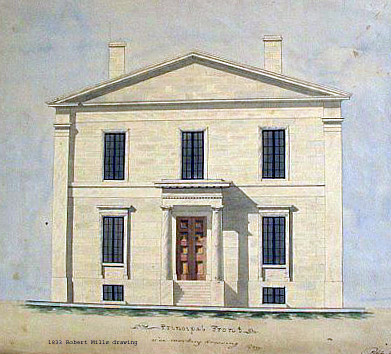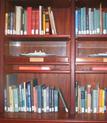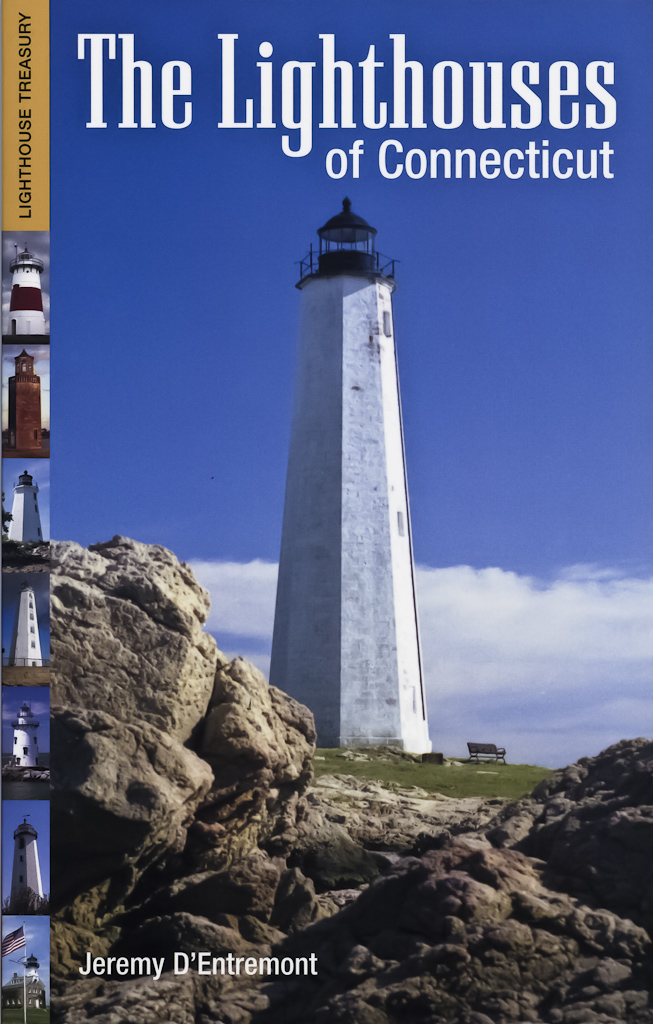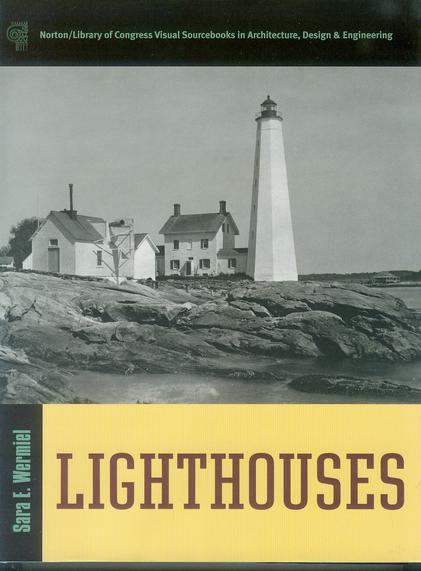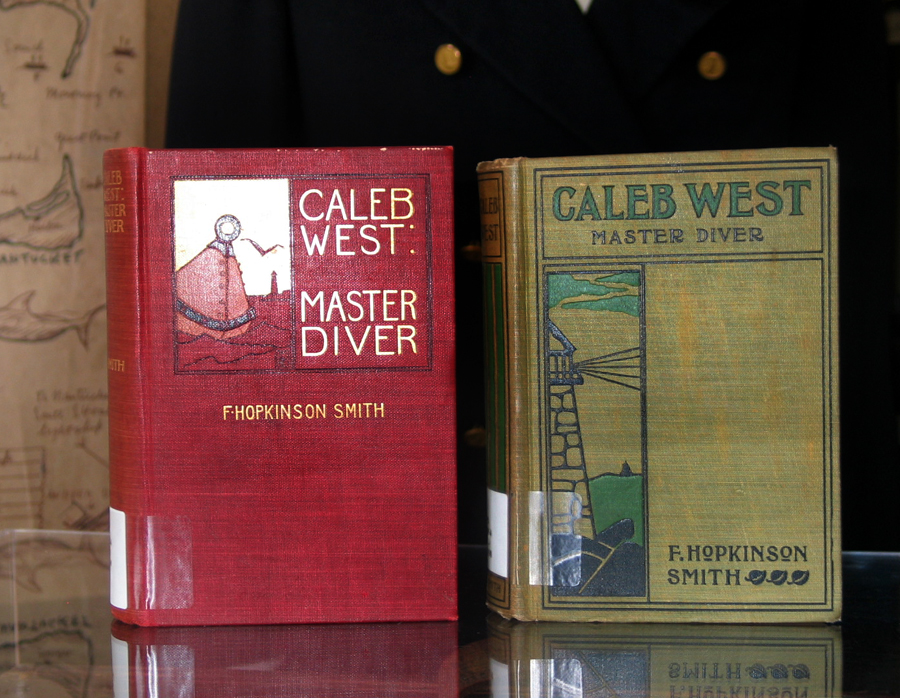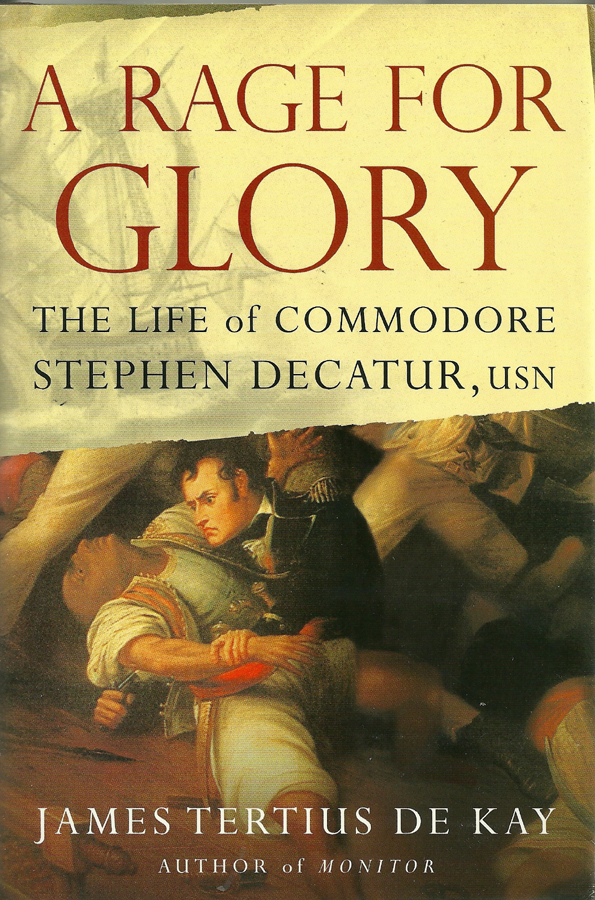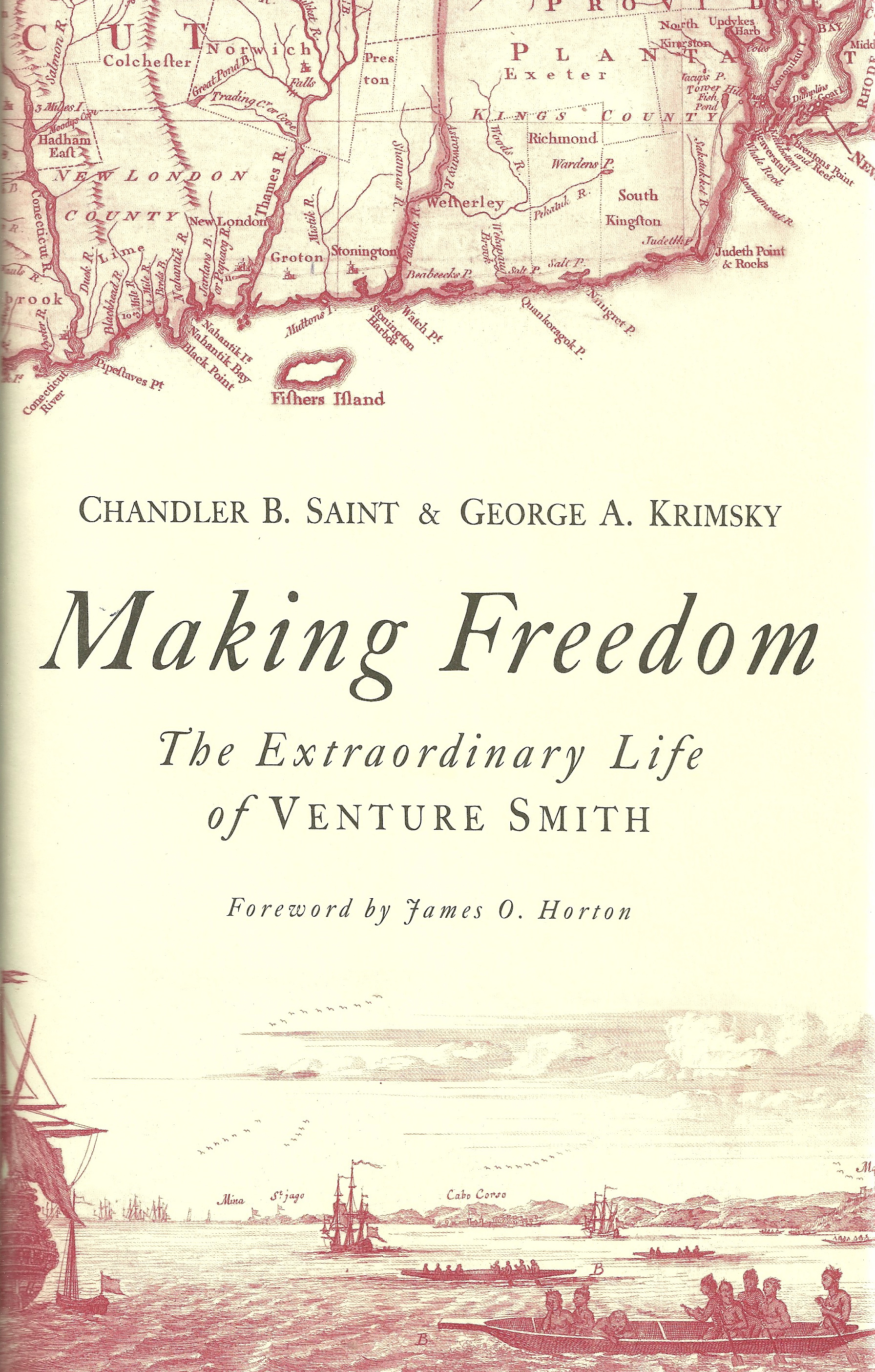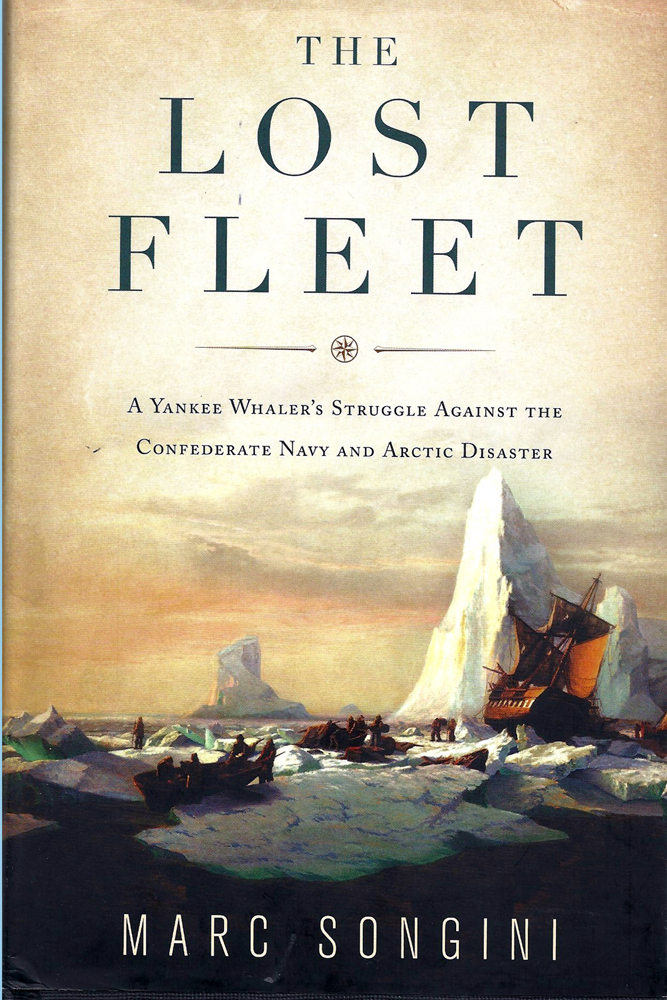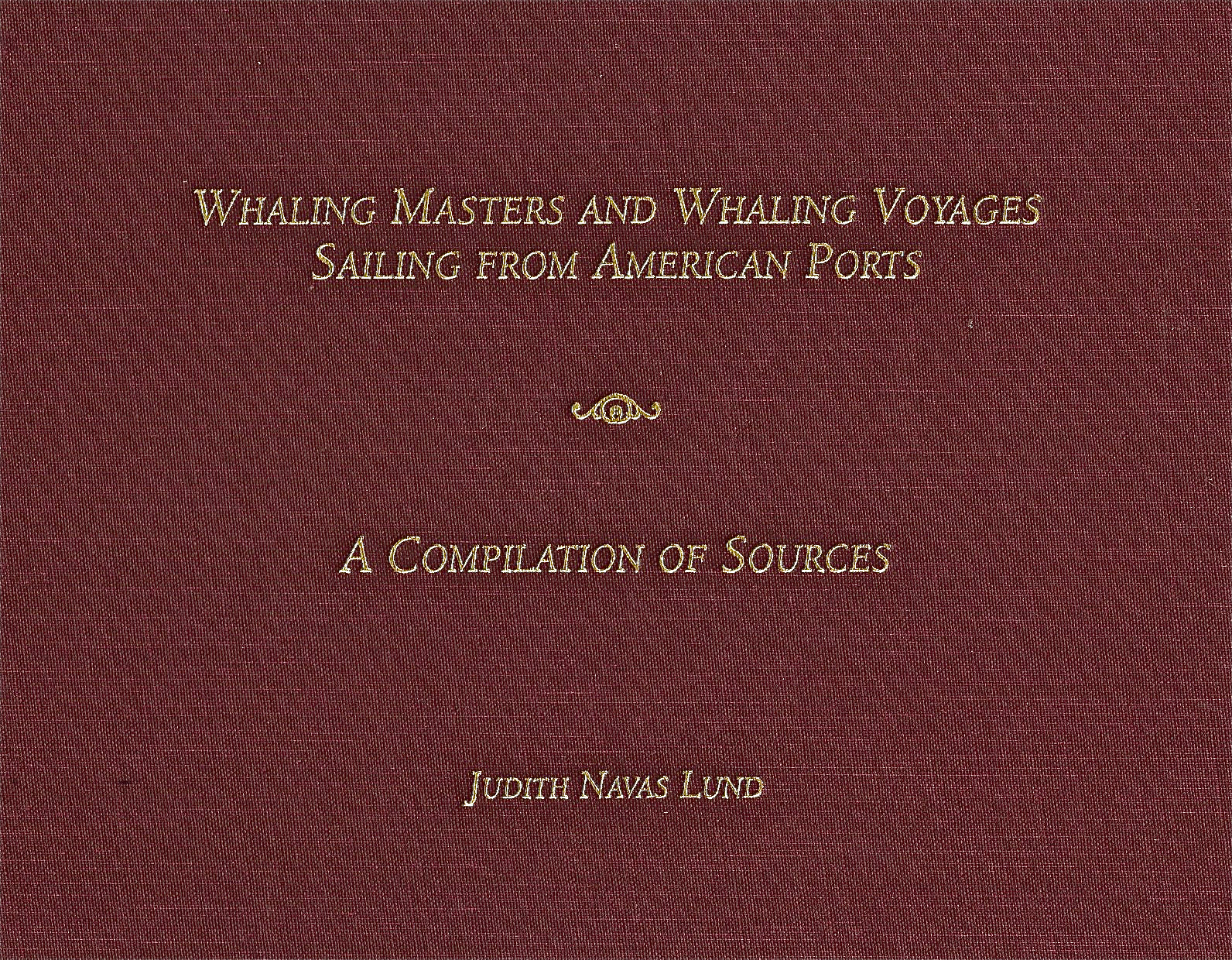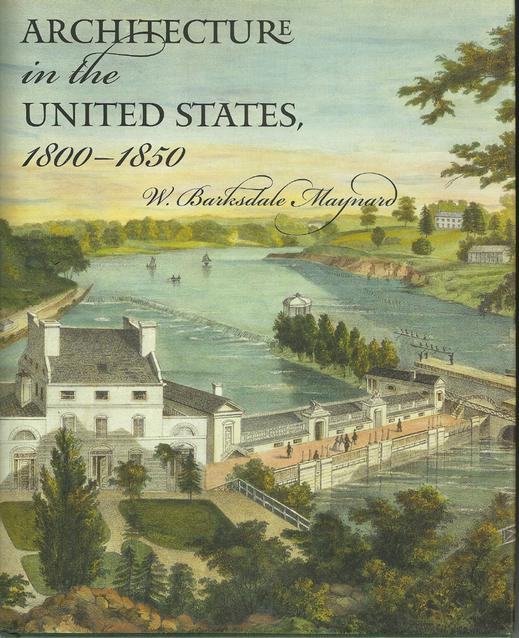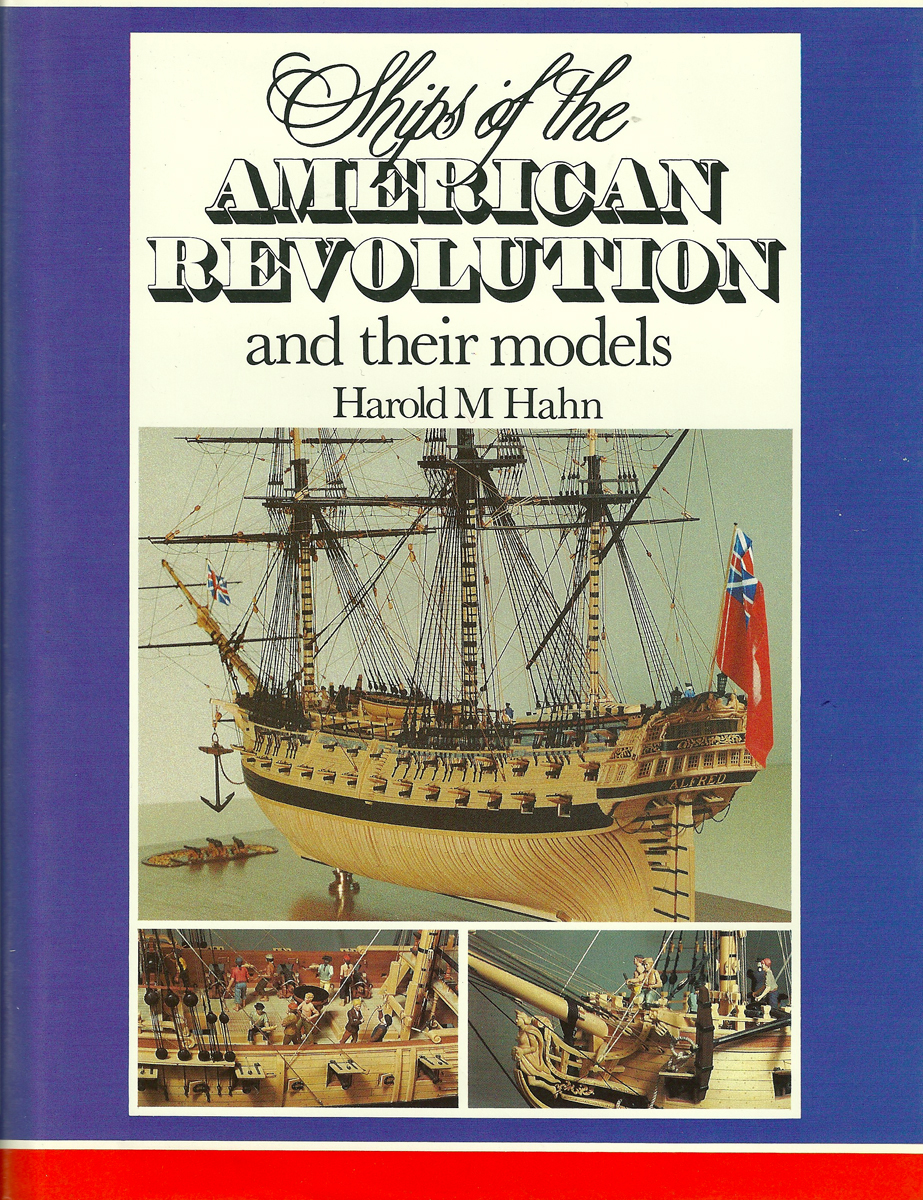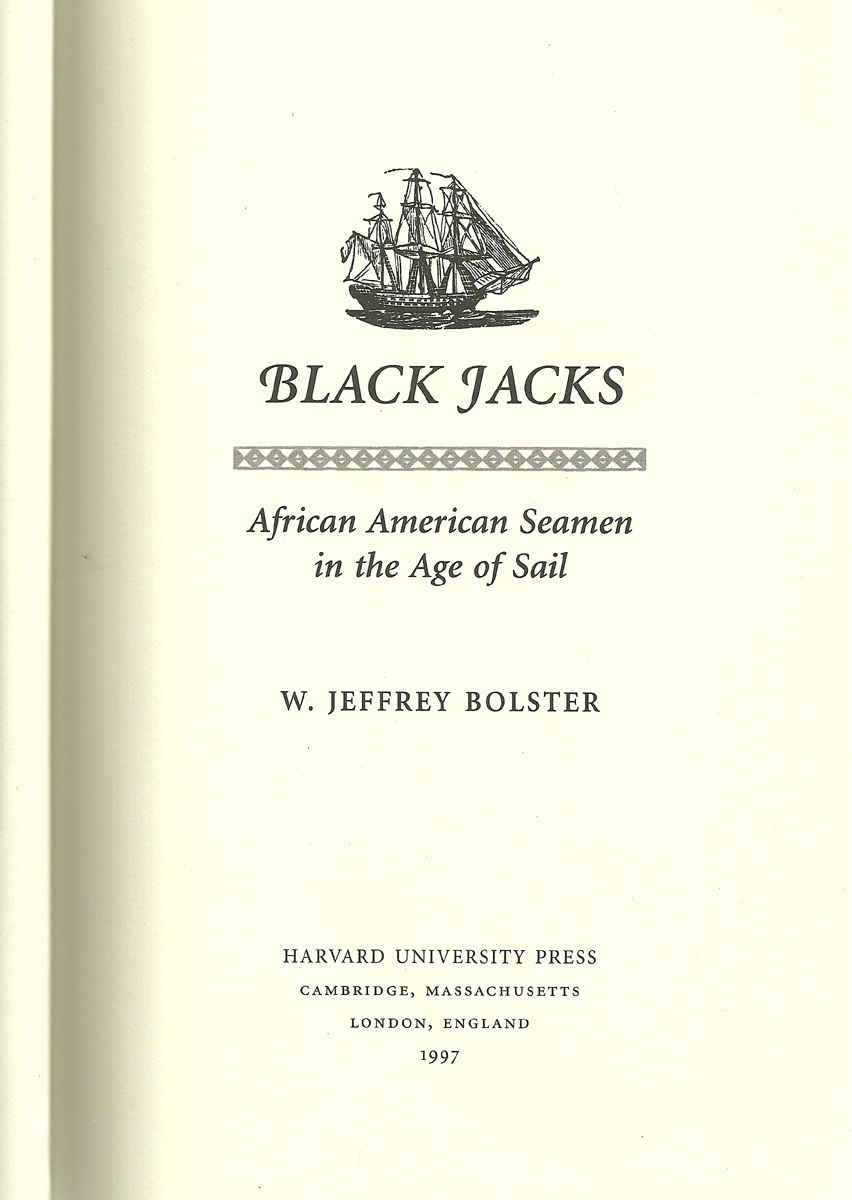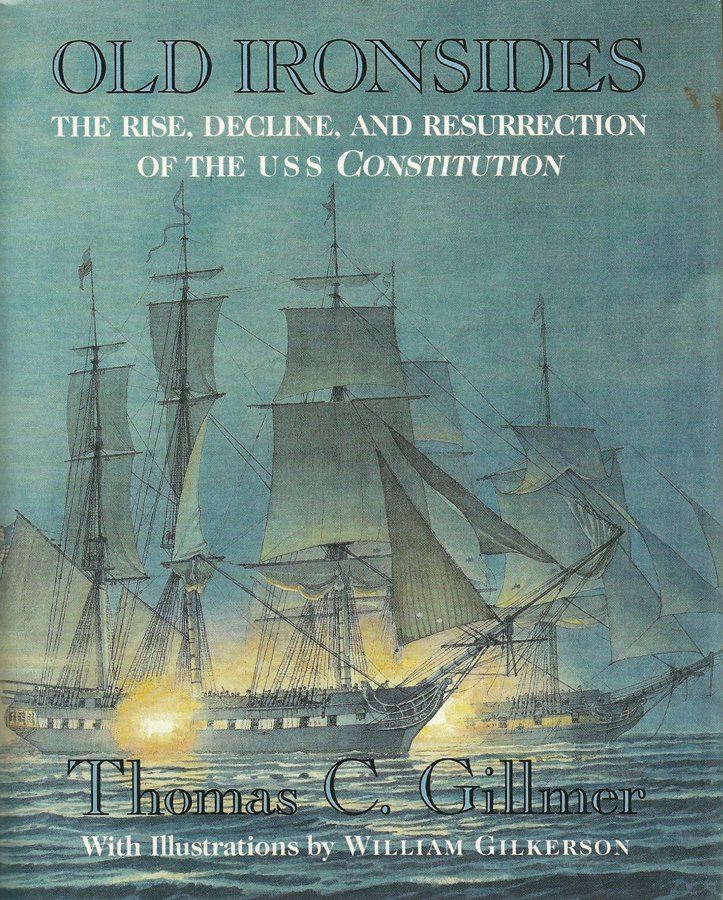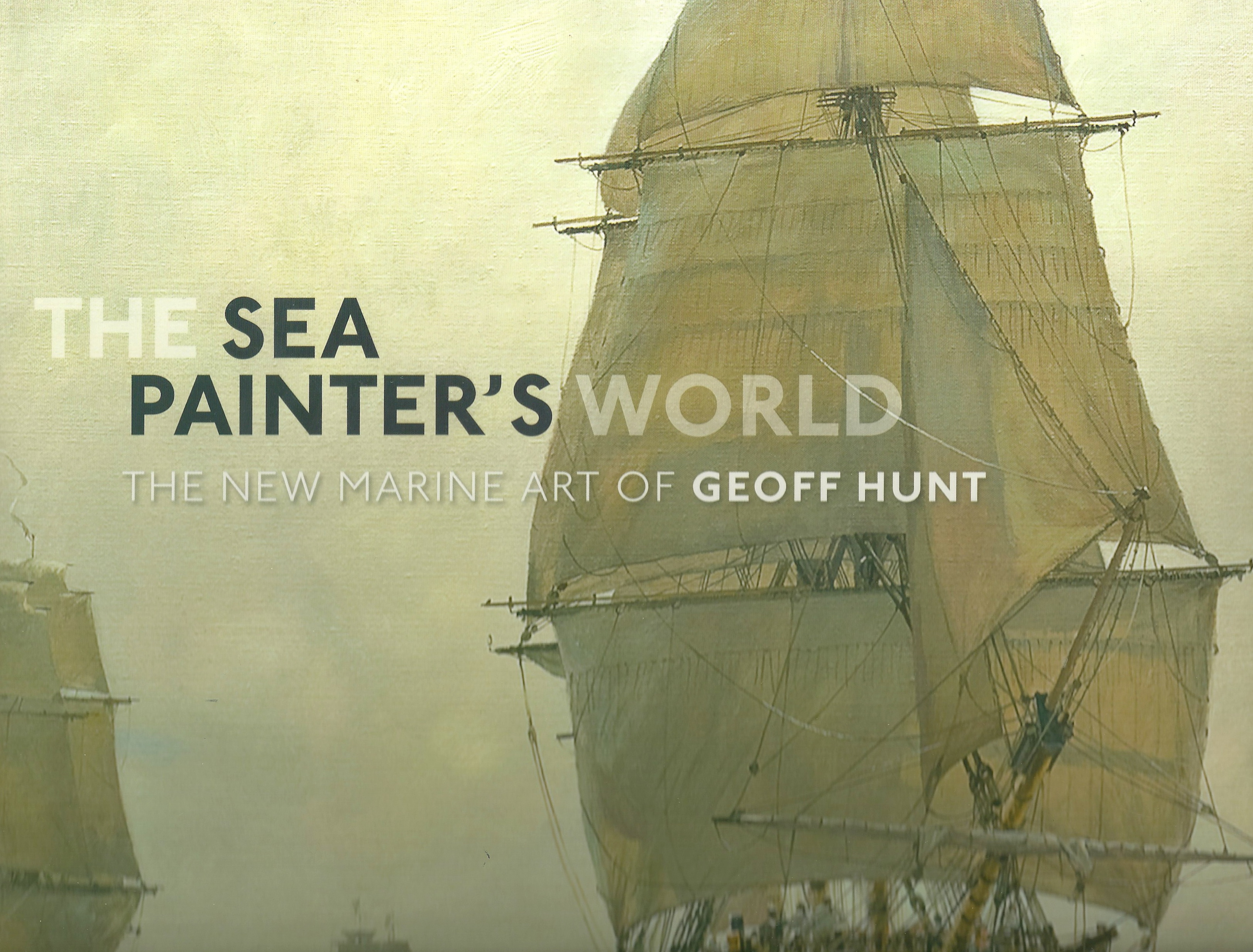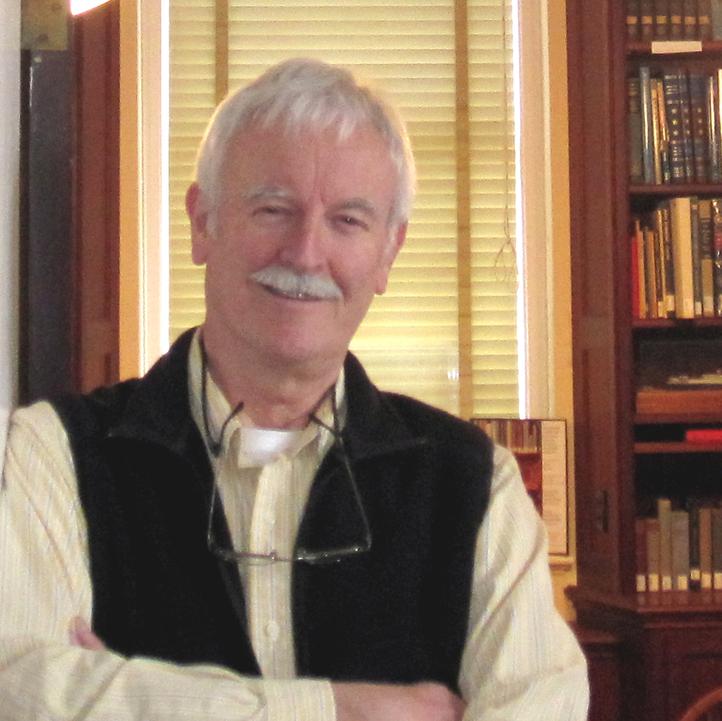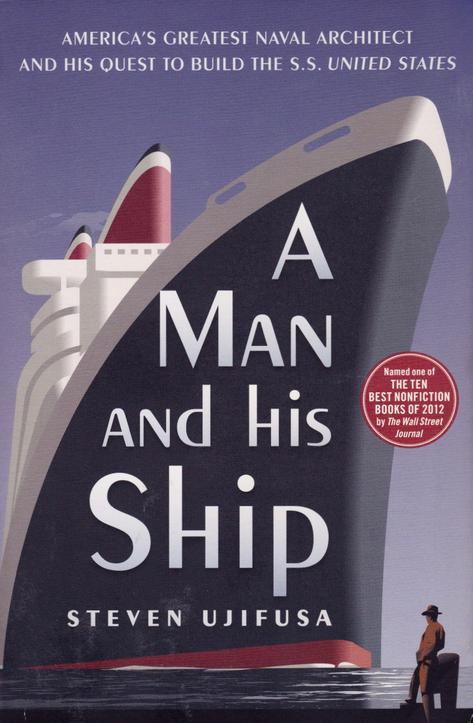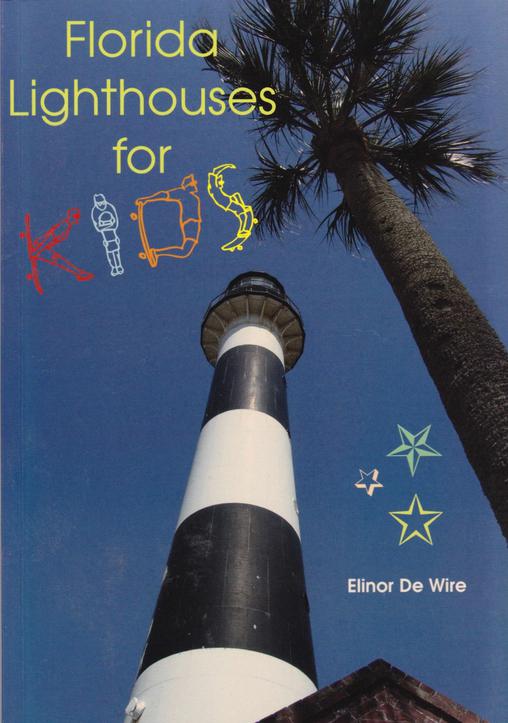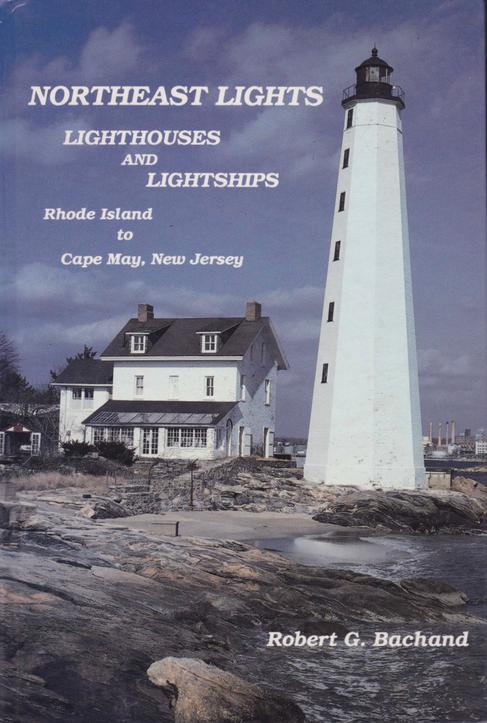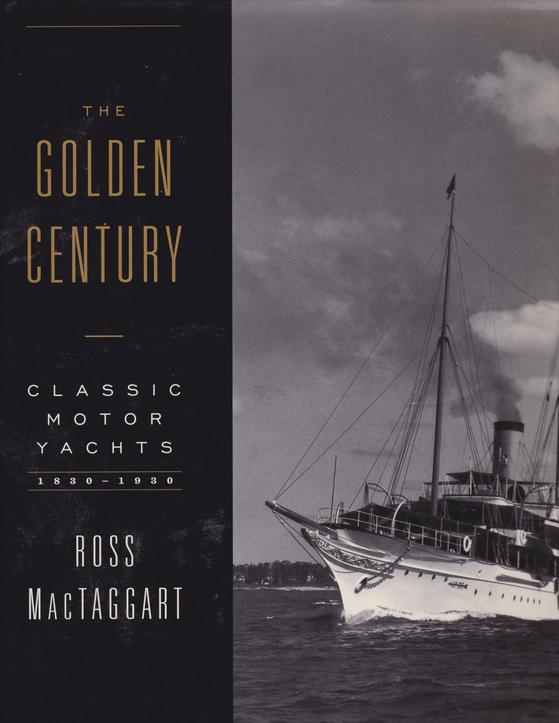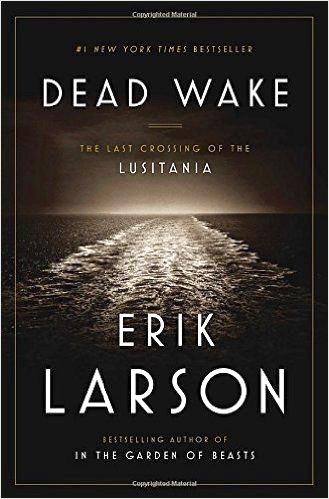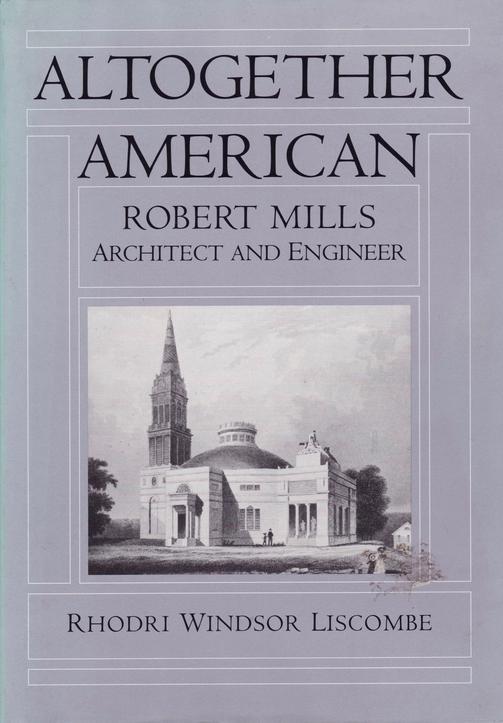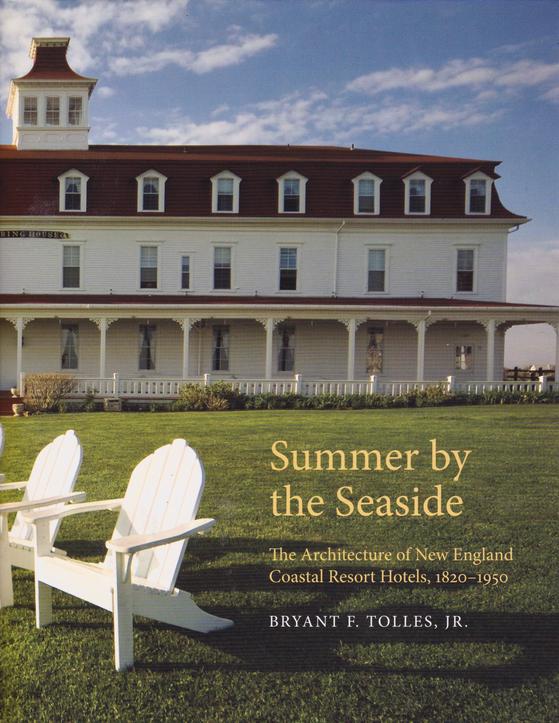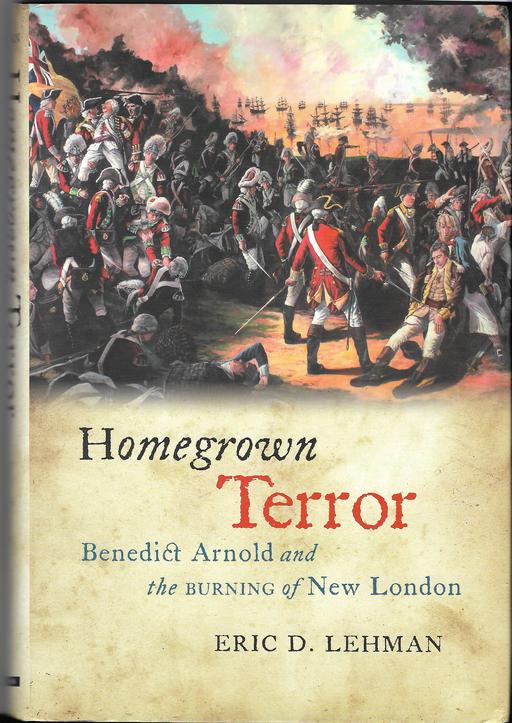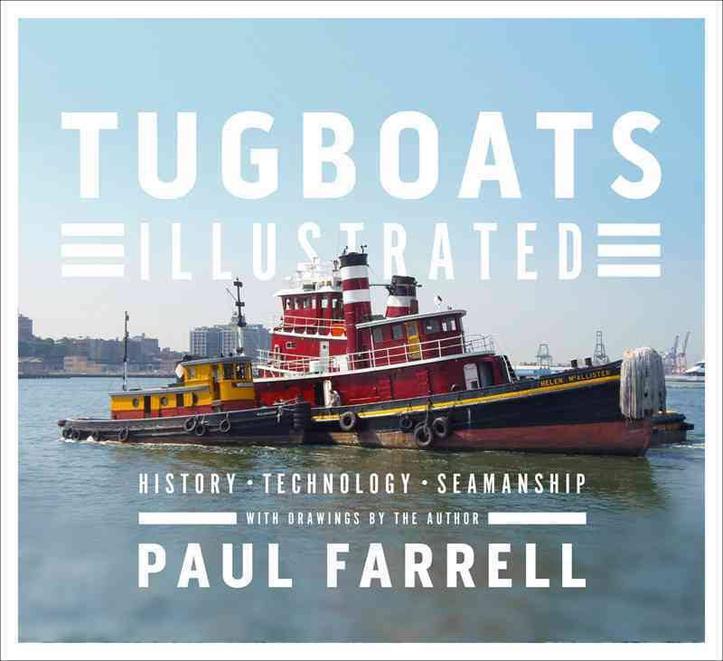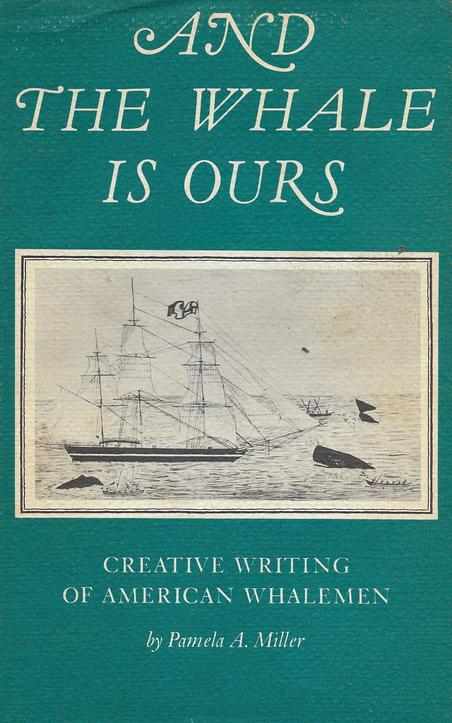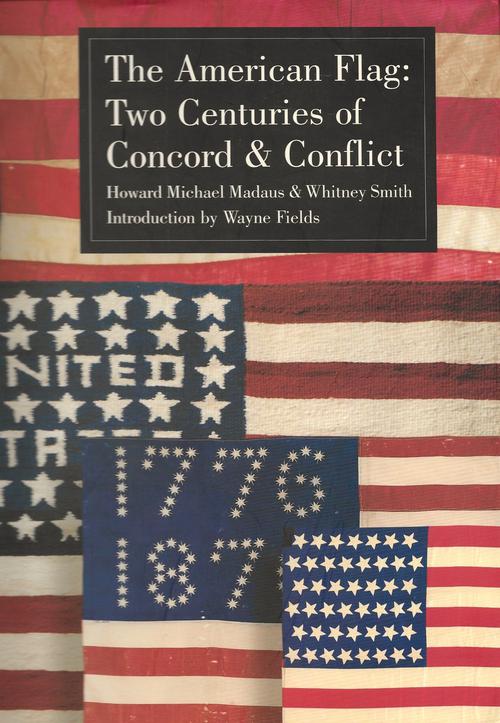May, 2011
The LIGHTHOUSES OF CONNECTICUT is one of a series of books about New England lighthouses by Jeremy d'Entremont, one of the foremost current authorities on this ever-fascinating subject. Jeremy has also edited new editions of the popular books of New England maritime history by the late Edward Rowe Snow, and we are delighted that he will speak at our Sentinels of the Sound symposium in July.
We have been expanding the lighthouse book collection in recent months to support the Maritime Society's new custodianship of New London Light, and in so doing have discovered that our area is unusually rich in lighthouse research material: in addition to the approximately fifty titles now at the Custom House (all available for consultation by calling 860 572-0291 for an appointment), the Public Library of New London has good lighthouse holdings, including many appealing items for children and young adults; the Coast Guard Academy Library complements the two downtown collections with special strength in the history and technology of lighthouses, while the library of the University of Connecticut at Avery Point also owns a number of lighthouse books, as does the G.W. Blunt White Library at Mystic Seaport.
June, 2011
Sara E. Wermiel: LIGHTHOUSES.
New York and London, W. W. Norton & Company, 2006
This handsome work is one of the "visual sourcebooks in architecture, design and engineering" published by the Library of Congress in partnership with Norton. Other volumes feature such structures as barns, theaters, canals and bridges, and all are projects of the Library's Center for Architecture, Design and Engineering, established by a bequest from architect Paul Rudolph, famed former Dean of Yale's School of Art and Architecture. Each volume draws from the vast image collections of the Library of Congress, the largest library in the world and, incidentally, the nation's oldest federal institution.
New London's two lighthouses are here, of course, along with hundreds of others that together comprise a magisterial illustrated survey of the history and design of these American landmarks, from their 18th century origins to the l960s. A feature not found in most lighthouse books is the cross-sections and elevations of towers, lanterns and lenses that elegantly show how lighthouses were put together to fulfill their unique humanitarian purpose.
July, 2011
F. Hopkinson Smith
Caleb West, Master Diver
Francis Hopkinson Smith was a popular author in his day, one of his best known works being Caleb West, Master Diver, first published in 1898, a romantic novel set in the challenging, real-life circumstances of constructing Race Rock Light in the treacherous currents off Fisher's Island. Smith was something of a polymath, being not only a writer but a civil engineer and an artist whose drawings of European scenes were much sought after. With Smith as designer/engineer of Race Rock Light, New London's own "master diver," the uniquely skilled Capt. Thomas A. Scott carried out the actual building of the foundation on the submerged reef, a dangerous project lasting almost seven years. (The lighthouse itself took only nine months.) Ten years after Caleb West, Smith acknowledged Capt. Scott's extraordinary achievement in an adulatory description of his friend and business partner in a volume of character studies called "True American Types," a series published in Boston by the American Unitarian Society. A copy of this scarce item recently acquired by Museum Director Susan Tamulevich now complements our two copies of Smith's novel with their handsome variant bindings.
August, 2011
James Tertius De Kay
A Rage for Glory:
The Life of Commodore Stephen Decatur, USN
One of the most rewarding parts of developing the Frank L. McGuire Maritime Library is to track down books that illuminate New London's rich maritime past. This quest recently yielded A Rage for Glory, local author James Tertius De Kay's biography of Stephen Decatur, the celebrated naval officer who brought two frigates and a sloop into New London harbor in June, 1813, to escape a British squadron of superior strength.
Although the British were denied capture of the American ships, their blockade of New London trapped the ships here for the duration of the War of 1812. Decatur himself was able to leave, took command of another ship, was taken prisoner and repatriated after the war (on a ship that brought him from Bermuda to New London) and became even more famous for his bold actions against the Barbary Pirates. He and his wife retired to a mansion they built near the White House, but enjoyed his celebrity for only fourteen months due to his shocking death in 1820, age 41, in a duel with a rival officer.
Our Library also owns Mr. De Kay's The Battle of Stonington, an account of the attack on the village in August of 1814 under the same Royal Navy captain, Thomas Hardy, who had trapped Decatur's ships in the Thames River the year before.
September 2011
Chandler B. Saint and George A. Krimsky
Making Freedom: The Extraordinary Life of Venture Smith
Middletown: Wesleyan University Press, 2009
The inspiring story of Venture Smith (ca. 1729 - 1805) , a slave who succeeded in buying his freedom (in Stonington, in 1765, where he had lived since 1754) is presented here with instructive, eminently readable commentary and well-chosen illustrations. Our copy is a gift from Archie Chester, a long-time supporter of the Frank L.McGuire Maritime Library. The chief source of Venture's story is the remarkable account of his life he dictated, near its end, to a schoolmaster, first published in 1798 in New London. Not surprisingly, the long, twisting chronology, from enslaved African prince to free, prosperous landowner at Haddam Neck, plays out against a maritime backdrop: the voyage from Africa to Rhode Island by way of Barbados; criss-crossing Long Island Sound over the years between Rhode Island, Fishers Island, Stonington and Long Island; life along the Connecticut River. The more surprising backdrop, however, is the steady reminder that slavery was as ingrained in parts of southern New England as firmly as in the Deep South -- a fact which may not be familiar to some readers -- with the largest concentration of slaves living in New London County. Unlike the South, of course, the "institution" gradually waned here, and we are more likely to think of New England as a complex of stations on the Underground Railroad, by which many slaves escaped to freedom. It is well to remember that even in 1839, when a navy officer brought the slave ship Amistad to New London, he did so because slavery was still legal in the state and he intended to sell the captives.
As it happens, September is Connecticut Freedom Trail month, the annual commemoration of that decades-long effort to help slaves reach freedom in the North and Canada. The term "Underground Railroad" gained currency in the early 1830s as a metaphor of the burgeoning growth of the steam-powered railroads. New London's Custom House, opened in 1833, is one of three New London sites on the Freedom Trail, the others being a grave in Ye Antientest Burying Ground and the Hempsted House and district. Fort Griswold, the whaleship Charles W. Morgan, and the former shipbuilding community of Greenmanville (now preserved at Mystic Seaport) are also on the Trail.
October 2011
Marc Songini
The Lost Fleet -- A Yankee Whaler's Struggle Against the Confederate Navy and Arctic Disaster
New York, St. Martin's Press, 2007
There are travails aplenty in this account of whalers struggling to prosper in a dying industry. The Yankee whaler of the title is Thomas W. Williams of Wethersfield, whose long, lively career is one of the threads of Songini's breezy narrative. Even in the best of times whaling was arduous, dangerous work, with ships and their crews enduring storms in temperate waters or ice in the frigid north. Then came the Civil War, with Confederate raiders raising havoc with Yankee whalers and a Union plan to hinder Confederate shipping by blocking the harbors of Charleston and Savannah with stone-laden ships scuttled at the entrances. A number of whalers lay idle in New England at the start of the war, many of them old and worn out, and against the advice of cooler heads the so-called "Stone Fleet" was cobbled together in New Bedford and New London; government agents bought whaler after whaler, including the Corea, Tenedos, and four other New London-based ships. These were heavily loaded with stone and in November, 1861, sailed southward in a barely seaworthy armada. As it happened, the Stone Fleet was a costly failure, despite its vigorous promotion and preparation, but idea was bold, if flawed, and the New London references will be of interest to local history buffs.
November 2011
Judith Navas Lund
WHALING MASTERS AND WHALING VOYAGES SAILING FROM AMERICAN PORTS: A Compilation of Sources
Published in 2001 in a limited edition of 500 copies by the New Bedford Whaling Museum, Kendall Whaling Museum, and Ten Pound Island Book Company
Our latest library purchase comes on the tenth anniversary of the publication of what Stuart M. Frank, Curator of the New Bedford Museum, called "the most important whaling history desk reference to appear in a generation." Whaling Masters and Whaling Voyages is a list of all known whaling voyages from the late 18th century to the early 20th. Half of the hefty tome lists voyages by name of vessel, and the other half lists them by name of the ship's master.
Each entry includes the name of the "hailing" port, rig of the vessel, years of departure and return, location of logbooks when known, and sources of the data. The logbook locations are an impressive and indispensable feature not found in earlier attempts to document whaling voyages. New London, Mystic and Stonington appear frequently, of course, and Groton, Norwich and Saybrook also turn up now and then.
Judith Lund's painstaking work updates, expands and corrects earlier efforts, notably Alexander Starbuck's History of the American Whale Fishery (also in our library), and Reginald Hegarty's Returns of Whaling Vessels Sailing from American Ports. It also supplants Whaling Masters, a work issued by the Federal Writers Project in 1938, one of the less well known job-creation programs of the Roosevelt Administration. For many years Whaling Masters was the most important list of those intrepid seafarers who were the driving force behind the whaling trade. Judith Lund is former Curator of the New Bedford Whaling Museum. The Kendall Whaling Museum, formerly in Sharon, Massachusetts, has been incorporated into the New Bedford Museum since this book was published.
December 2011
W. Barksdale Maynard
Architecture in the United States 1800-1850
New Haven, Yale University Press, 2002
Notwithstanding the alluring 1838 view of the Schuylkill River and Philadelphia's Fairmount Waterworks on its jacket, one would rightly ask why this book is owned by a maritime library in New London, Connecticut. The answer lies in the photograph on the back, an 1846 view of Robert Mills's great 1840 Greek Revival building for the U.S. Patent Office in Washington. Mills, architect of our 1833 New London Custom House, was important enough in Maynard's narrative to rate more than 40 index references. He was the first professional American-born architect, was mentored by Thomas Jefferson (actually living at Monticello for a time,) and was later responsible for three more prominent capital landmarks, the Washington Monument, the Treasury, and an early post office headquarters. New London's custom house is a restrained example of the architectural style that dominated the first half of l9th century America, although it was being challenged as early as the 1830s, when our Custom House was built: William Ross, an Englishman visiting New York in 1834, observed that "The Greek mania here is at its height, as you may infer from the fact that everything is a Greek temple, from the privies in the back court, through the various grades of prison, theatre, church, custom-house, and state-house." The mania faded, of course, but fortunately for posterity countless examples remain, gracing the nation's streetscapes with their timeless symmetry.
January 2012
Harold M. Hahn
Ships of the American Revolution and their models
Naval Institute Press, Annapolis, 1988
One of the most generous donors to the Frank L. McGuire Maritime Library is Robert Stewart of Mystic, retired engineer and model-maker extraordinaire. His handsome ship models, fitting easily into the shelving, add a distinctly nautical theme to the room. Our shelves also hold well over one hundred books donated by Bob in the past two years, and we have chosen one of them for our January feature: Harold M. Hahn's Ships of the American Revolution and Their Models, published in 1988 by the Naval Institute Press in Annapolis. The book is of interest to more than the fraternity of model builders, however: before discussing the models of seven different ships, the author provides a fascinating account of the history of each, among them the story of the ill-fated frigate Confederacy, built on the Thames at Norwich as part of a program authorized by Congress in 1776 to develop the colonial navy. After much delay due to lack of materials and many administrative problems, the ship was launched in 1778 and towed to New London for fitting out under Capt. Seth Harding. The short career of Confederacy is a litany of misfortune that reads like the synopsis of a historical adventure novel, ending with her capture by the British off Delaware in April, 1781. After initial optimism that she could be converted into a 40-gun ship of the line, the Royal Navy declared that after a close inspection the renamed HMS Confederatewas in fact unfit for service after three tumultuous years afloat. She was, nevertheless, a very handsome ship, as is apparent from the plans that the author reconstructed from the originals in England's National Maritime Museum.
February 2012
W. Jeffrey Bolster
Black Jacks: African American Seamen in the Age of Sail
Cambridge: Harvard University Press, 1997
For Black History Month we present a book dealing with the considerable part played by Black Americans, both slave and free, in the maritime life of the colonies and the new nation that emerged after the Revolution and the War of 1812. The author opens with a moving quotation from Frederick Douglass, a skilled ship caulker in Baltimore who knew a great deal about ships and sailing: "Those beautiful vessels, robed in white, and so delightful to the eyes of freemen, were to me so many shrouded ghosts." Calling them "freedom's swift-winged angels," he swore that one of them would someday bear him to freedom.
A sailor's life at sea in the Age of Sail was harsh, marked by low wages, hard work and extreme discomfort. Many whites, perhaps most, wouldn't consider seafaring, but for slaves and freedmen of a certain bent it represented opportunity. Even with its privations and brutality, a sailor's life was considered preferable to the punishing toil and other horrors common in southern plantation life. Bolster examines all aspects of this fascinating history, noting among other things that 18,000 free blacks saw sea service in the War of 1812, that several generations of black men "partially circumvented the racist norms of American society" in becoming part of the international maritime culture, and that as a result of their travels abroad, black mariners were "central to the process through which early black society constructed and defined itself."
March 2012
Thomas C. Gillmer
Old Ironsides: The Rise, Decline and Resurrection of the USS Constitution
Camden, Maine: International Marine, 1993
New Londoners enjoy a unique link to the frigate USS Constitution, that storied centerpiece of the historic Charlestown Navy Yard. Following one of her several rebuilds, some of the replaced planks were fashioned into the massive doors of the Bank Street Custom House. With this in mind, our book of the month is Thomas Gillmer’s authoritative look at the Constitution's wood structure, from her launch in Boston in 1797 as an exemplar of the finest in American shipbuilding, through two wars of independence, and the two ensuing centuries during which she was almost scrapped several times, rehabilitated as often (and not always in the best way) until she was at last recognized as a priceless national symbol to be preserved at all costs. The author, a former professor of naval architecture at the Naval Academy and an eminent yacht designer, was asked by the Navy in 1991 to study the Constitution and recommend action to ensure her long-term survival. His book is an eminently readable, occasionally feisty, and handsomely illustrated report on the six months he spent on the project. Gillmer found the ship to be a "deteriorating national monument" and was not shy about saying what should be done. Whether those ultimately responsible agreed is perhaps known only to them and to Gillmer. Meanwhile, a Boston website (NorthEnd.com) reported in October, 2009, on the occasion of one of Constitution's famous harbor turn-arounds, that she was undergoing a three-year restoration to prepare for the bicentennial of the War of 1812.
Our copy of Gillmer's book is from the estate of the late Dan Wolverton, a maritime history enthusiast and dedicated long-time proponent of the Custom House Museum.
The family-friendly USS Constitution Museum at Charlestown Navy Yard serves as the "memory" and "educational voice" of the famous ship docked just outside. From time to time it offers programs on other aspects of maritime history as well: through March 24, for example, it is hosting the 33rd annual Model Shipwright Guild Exhibit, sponsored by the Boston Marine Society. The Guild encourages the art of modeling with workshops, activities, and exhibits, while the Boston Marine Society resembles our own New London Maritime Society, telling the story of the port of Boston through its archives, gallery, and outreach programs.
April 2012
Geoff Hunt
The Sea Painter's World: The New Marine Art of Geoff Hunt
London, Conway, 2011
We have long admired the work of Geoff Hunt, one of Britain's foremost marine painters, artist of the covers of Patrick O'Brian's Aubrey-Maturin novels and occasional visitor at Mystic Seaport, which has published some of his prints and one of his books. The new book is a sequel to a similar 2004 work, both volumes presenting examples of his work amplified by his own commentary. We were delighted to find, on the last page, a picture worth the price of the book: an oil entitled "Captain Hardy's Ramillies after the 'Battle of Stonington', August 1814." We see the British squadron after it has stood into the Sound following the bombardment, the sunny skies untroubled by the wispy smoke rising from the distant shore. Hunt has painted several 18th and 19th century American subjects, but this is the first we have come across depicting a historical scene so close to home. A photo of a model of HMS Ramillies, and photocopies of several naval reports written aboard her, are part of our Robert Bachman Archive on the War of 1812.
Here at the Frank McGuire Library our interest in marine art is focused on a subset of the genre in which artists document or re-imagine places and events in history. Probably the best known American practitioner of documentary marine art is John Stobart: both of his impressive large-format books are in our collection and, as it happens, one of these, American Maritime Paintings of John Stobart, was acquired some years ago by our founder, the late Lucille Showalter, in memory of Attorney Frank L. McGuire.
BOOK OF THE MONTH
Selected and reviewed by Brian Rogers, Librarian
2017
Click HERE to read more Book-of-the-Month reviews.
May 2011 through November 2016, below. read additional Book of the Month selections HERE.
January 2017
Steven Ujifusa
A MAN AND HIS SHIP
New York, Simon & Schuster, 2012
The subtitle puts it concisely: “America’s Greatest Naval Architect and His Quest to Build the S. S. United States.” Launched in 1951, William Francis Gibbs's stunning S.S. United States began her abbreviated career a year later, offering fast passage between New York and Europe until she and the other ocean liners of the mid-20th century succumbed to the economic advantages of the new jetliner. Forty-eight years after she was laid up (in 1969), many failed preservation attempts behind her, she is still afloat on the Philadelphia waterfront while the S. S. United States Conservancy struggles to find a viable purpose for her as a stationary exhibit. As such she would recall the great days of American shipbuilding, the brilliant design of William Francis Gibbs, and the pride the nation once had in the great flagship that bore its name. We like to envision her tied up near the U.S.S. Intrepid on Manhattan's west side, her dramatic profile reviving some of the grandeur of "luxury liner row."
During the Custom House’s forthcoming show of photographs by Byron Huart of the 21st century ships now calling at New York, the “City of Ships,” McGuire Library will display a selection of books depicting the 20th century golden age of the ocean liner from the 1930s to the dawn of the jet age.
February 2017
Elinor De Wire
FLORIDA LIGHTHOUSES FOR KIDS
Sarasota, Pineapple Press, 2004
The author of this charming little book is one of our most prolific writers on lighthouses, and many of her books are on our shelves. This latest addition is being featured in conjunction with Elinor De Wire's visit to the Custom House on February 25th when she will offer her unique children's program, "Build a Simple Lighthouse Model." The lively design and engaging content of Florida Lighthouses for Kids convey both her passion for the topic and her appeal to young readers, and like the best children's books can be enjoyed by all ages. As her website reveals, Elinor is no stranger to our state, having earned B.S. and M.A. degrees at the University of Connecticut, lectured at the Coast Guard Academy, and appeared on CPTV. Her three children's books on astronomy were published in the 1990s by Mystic Seaport; in more recent years she has been honored for her writings by the U.S. Lighthouse Society, the American Lighthouse Foundation, and the USCG, among other organizations. Another recent addition to our collection, The De Wire Guide to Lighthouses of the Pacific Coast, embraces the Puget Sound area, a watery shipping and boating paradise boasting fifteen brilliant beacons, where she lived until recently. In March 2016, Elinor returned to Connecticut and we are very proud that she is now working with the Custom House.
MARCH 2017
Robert G. Bachand
NORTHEAST LIGHTS, Lighthouses and Lightships
Norwalk, Sea Sports Publications, 1989
Our lighthouse book collection has been notably strengthened with this recent gift describing all the extant (and former) lights and lightships from Rhode Island to Cape May. The cover image of New London Harbor Light alone renders it indispensable, but the trove of information about each beacon also makes this one of our most useful recent acquisitions. A 2016 donation from James B. Malone of Columbia, Connecticut, we chose it as one of the first titles to be cataloged on February 23, the day our new online catalog “went public.” To see how it appears there, go to the Bibliomation website at “biblio.org” and click the link to “Bibliomation’s Evergreen catalog.” This will bring up a search page which includes an excellent feature not available in the old system: we now have the option of choosing “Frank L. McGuire Maritime Library” from the list of libraries, so that a search can be limited to our library alone. Now, for the first time since 1998, when the library was dedicated to the memory of Frank McGuire, we have a smoothly functioning, easy-to-use catalog listing the more than two thousand volumes of maritime history that we have acquired over the years. Play around with it! We think you’ll be impressed by the ease of use and the wealth of interesting things you’ll find.
APRIL 2017
Ross MacTaggart
THE GOLDEN CENTURY
Classic Motor Yachts 1830-1930
New York, W. W. Norton, 2001
MAY 2017
Erik Larson
DEAD WAKE
The Last Crossing of the Lusitania
New York, Crown Publishers, 2015
The First World War began with the "guns of August" in 1914. Centennial commemorations began in 2014 and are intensifying this year as we mark our entry into the conflict more than two years after it began. America's isolationist attitude had begun to weaken when the great British liner Lusitania was torpedoed in 1915 with the loss of nearly 1200 lives, 128 of them American. This month's selection is the latest account of what the New York Times called "one of the colossal tragedies of maritime history," a disaster at sea even more shocking than the sinking of the Titanic three years before, and as unnecessary. After Germany declared unrestricted submarine warfare in 1917, and it was revealed through the infamous Zimmermann telegram that Germany proposed helping Mexico take back Texas, New Mexico and Arizona, did the United States enter the war. Last year, in the pages of The Day paper, John Ruddy described New London's relationship to some of these events in his account of the strange visit of the German merchant submarine Deutschland in 1916, but that's a story for another time.
JUNE 2017
ALTOGETHER AMERICAN
Robert Mills - Architect and Engineer, 1781-1855
Rhodri Windsor Liscombem
New York and Oxford, Oxford University Press, 1994
The designer of New London's Custom House has been the subject of three biographies, one of which we are featuring to highlight the controversy over historic preservation brewing this month just two doors away from Robert Mills's landmark. In a city which has suffered the loss of too many valuable old buildings, the campaign by New London Landmarks, Inc., to save two Bank Street buildings has been gaining momentum since the threat of demolition was first publicized this spring.
At least two types of buildings are worth preserving: independent landmarks like the Shaw Mansion, the Court House, St. James's Church, and Union Railroad Station, to name but a few, which possess exceptional architectural value, and the more numerous ordinary structures which provide necessary, characterful context in historic neighborhoods such as this. Preservation and renovation of the threatened Bank Street buildings would inject new vigor into the social and economic revival of downtown New London and could lead to fresh possibilities for ongoing regeneration of the historic streetscape in which Robert Mills's granite temple of trade and commerce so proudly stands.
JULY 2017
William Clark Bell and others, eds.
NAVAL DOCUMENTS OF THE AMERICAN REVOLUTION
Washington, Department of the Navy, 1964—2013
For serious readers of naval history, this impressive multi-volume work is a researcher’s dream. The eleven volumes printed to date — also searchable online — give a highly detailed account of our naval activity during in the Revolution. Correspondence, orders, logs, and newspaper accounts, all arranged by date, describe the war at sea and in the halls of government. A search of “New London” in the digital edition of Volume 1 brings a remarkable 102 occurrences to the screen, embedded in an extract of the text that helps the reader decide whether to continue on to the full document. “Nathaniel Shaw” brings up 48 occurrences in Vol. 10, “privateers” 162 occurrences in Vol. 11, and so on. The powerful, indeed magical, search capability of the digitized volumes complements the print volumes on our shelves, offering us the best of both formats. Volume 1 came out in 1964, volume 12 in 2013. Each volume covers only three or four months of chronological time, so although the project has only reached the halfway point toward the British surrender in 1781, it already provides an endlessly fascinating look at our maritime past.
AUGUST 2017
Bryant F. Tolles, Jr.
SUMMER BY THE SEASIDE
The Architecture of New England Coastal Resort Hotels, 1820-1950
Hanover and London, University Press of New England, 2008
High summer in August is a good time to remember summers past when visitors flocked to the big resort hotels of coastal Connecticut, Rhode Island, and points north, often by steamboat, to enjoy our beaches and invigorating sea air. Three of these were New London’s Pequot House (1853-1908), at the corner of Glenwood and Pequot avenues, and two across the Thames in Groton: Fort Griswold House, opened in 1872 and replaced by Morton Plant’s much grander Griswold Hotel in 1906. Eighteen pages of photos and text are devoted to these vanished landmarks, together with the hotels of Fishers Island, Watch Hill and Block Island. Block’s Spring House, pictured on the jacket, and Watch Hill’s rebuilt Ocean House are going strong, but most of the others have long since succumbed to economics, changing tastes, or spectacular fires like the one that claimed the Pequot House 109 years ago. The once elegant Griswold Hotel lasted until demolition in 1967; its grounds are now a wide parklike area overlooking the Thames.
SEPTEMBER 2017
Eric D.Lehman
HOMEGROWN TERROR
Benedict Arnold and the Burning of New London
Middletown, Wesleyan University Press, 2014
The infamous British attack on New London and Groton on September 6, 1781, only a few weeks before the Revolutionary War ended with Cornwallis’s surrender at Yorktown, is well known to most of our readers. As a native of Norwich, just up the river from New London, Benedict Arnold was familiar with local geography and the story of his treachery is told once again in this recent addition to Wesleyan’s “Driftless Connecticut” series recognizing excellent books with a Connecticut focus, or written by a Connecticut author. Lehman is professor of creative writing at the University of Bridgeport, and the jacket illustration is a detail from David R. Wagner’s mural, “The Battle of Groton Heights.”
OCTOBER 2017
Paul Farrell
TUGBOATS ILLUSTRATED
History - Technology - Seamanship
New York, W. W. Norton, 2016
Tugboats Illustrated was acquired in anticipation of the author's public lecture at the Custom House this month. That the talk was well-received would come as no surprise to anyone familiar with the engaging content of his book. Replete with superb photographs and enhanced by the author's skillful drawings, the narrative is a masterly contribution to the history of the tugboat.
An architect who just happens to love tugboats, Mr. Farrell's charming drawings add visual clarity to his instructive text. One's eyes are opened to this vital but unsung subset of maritime activity without which most commercial shipping would come to a standstill. Signed copies for sale in the Museum Shop boast a gold embossed seal from New London's venerable Thames Tow Boat Company, which generously supplied two tugboats in conjunction with Mr. Farrell's appearance.
November 2017
Pamela A. Miller
AND THE WHALE IS OURS
Creative Writing of American Whalemen
Boston: David A. Godine Publisher
Sharon, Massachusetts: The Kendall Whaling Museum, 1979
This month we received from John Belbruno of Manchester, Connecticut, a significant collection of books about whaling, a subject that looms large in our maritime history. The books were given in honor of Mr. Belbruno's aunt, Vincentia (Vinnie) Belbruno, known to many readers as a long-time trustee of the Maritime Society and an active supporter of its programs. A full report on this extraordinary acquisition will appear in the next issue of the newsletter of the Custom House Maritime Museum.
Pamela Miller's unique anthology of the writings of whalemen was culled from some 3,500 manuscripts held by major New England libraries, museums and historical societies, including Mystic Seaport. In her Afterword Miller says "Their writing is best where it is most illuminating for the modern reader...in the one area in which they could speak as real experts...Their fresh, exuberant writing celebrated their unusual life in pursuit of the whale."
The Kendall Whaling Museum merged with The New Bedford Whaling Museum in 2001.
December 2017
Howard Madaus and Whitney Smith
THE AMERICAN FLAG:
Two Centuries of Concord & Conflict
Santa Cruz, California, VZ Publications, 2006
There is no more potent symbol for a nation than its flag. We pledge allegiance to our flag, and ships fly it as an ensign indicating nationality. This month’s book goes beyond the evolving design of the “star-spangled banner,” as shown chronologically in dozens of full color illustrations, to reflections on its meaning for succeeding generations of Americans. At the end of this centennial year of the nation's entrance into World War I, a quotation from President Woodrow Wilson in a Flag Day speech, June 14, 1917, two months after Congress declared war, is but one example of the ideas that a flag should express. In Wilson's eloquent words the meaning behind the flag should not be a vague abstraction, but a symbol of responsibilities to be shouldered by all of us:
“…This flag which we honor and under which we serve is the emblem of our unity, our power, our thought and purpose as a nation. It has no other character than that which we give it from generation to generation. The choices are ours.”
